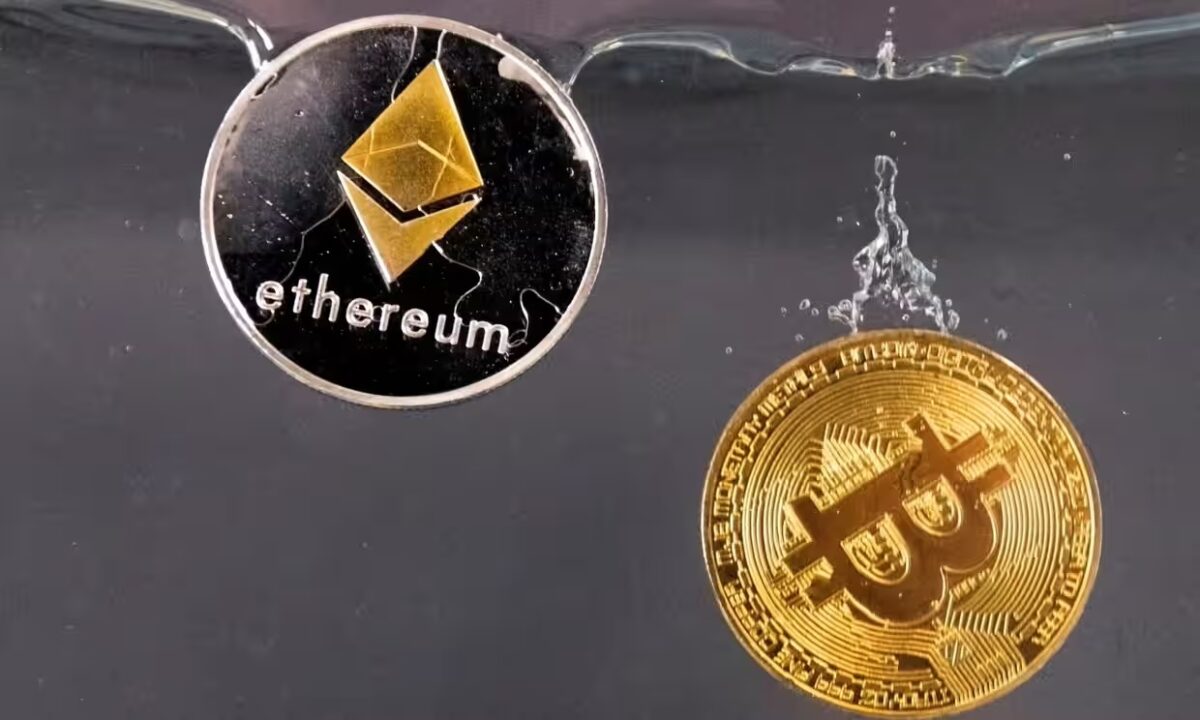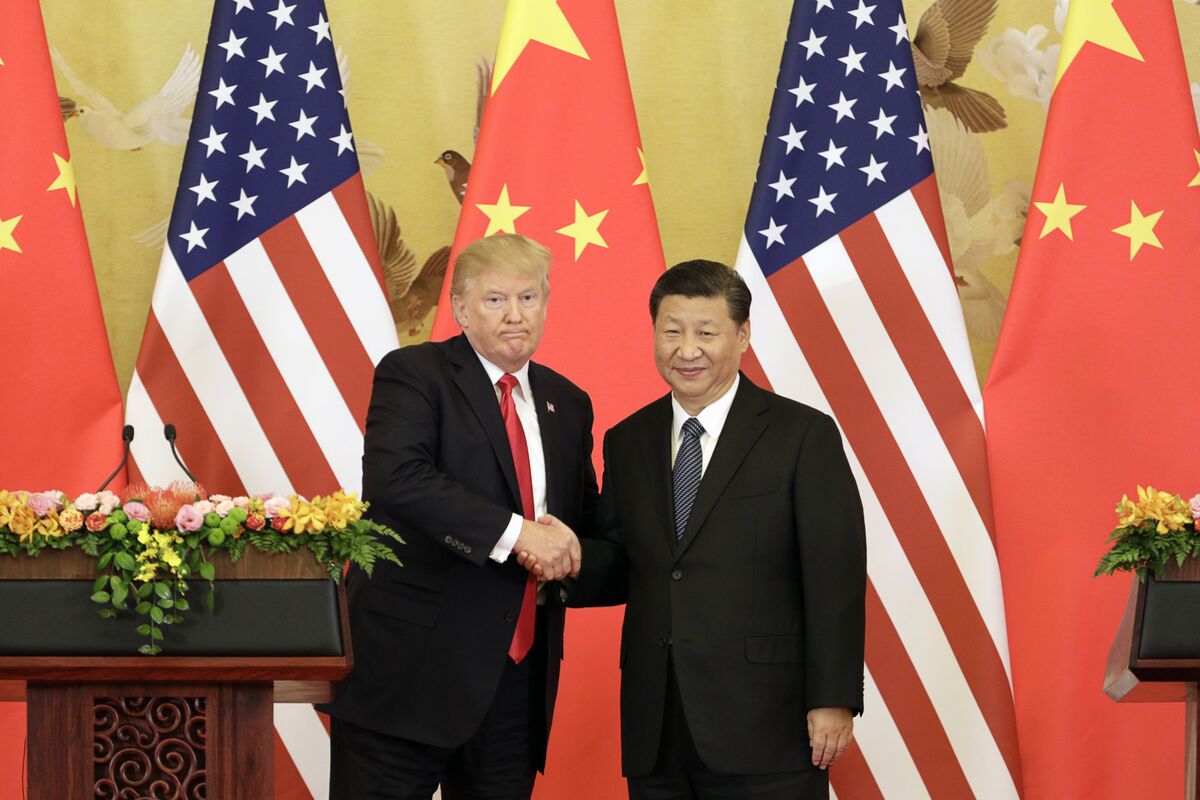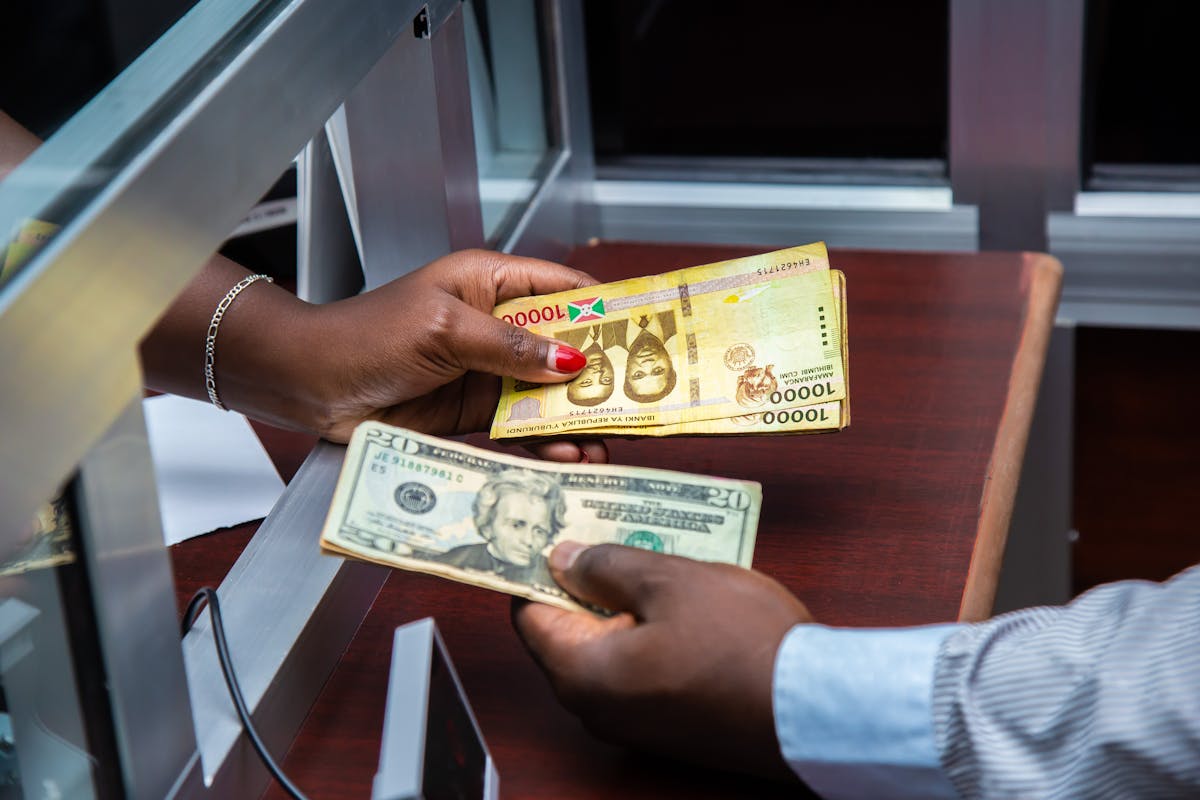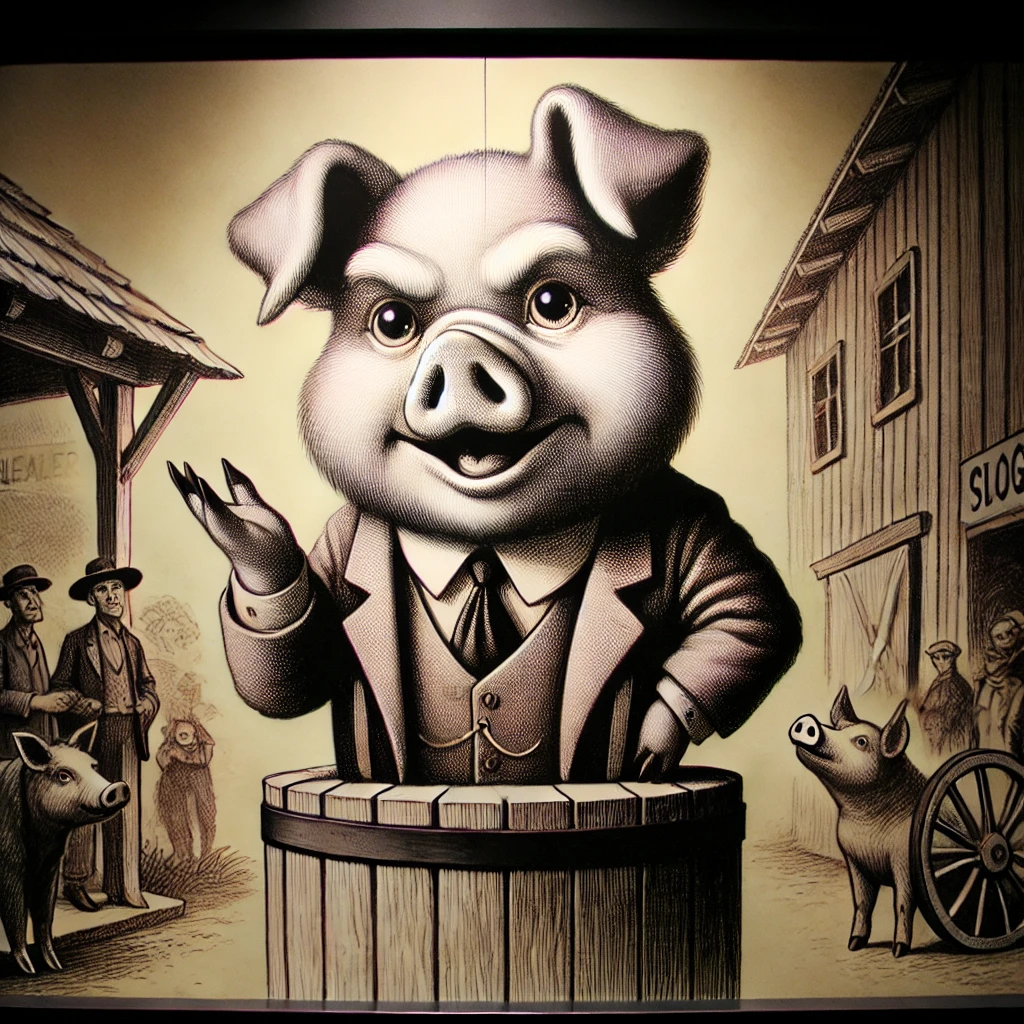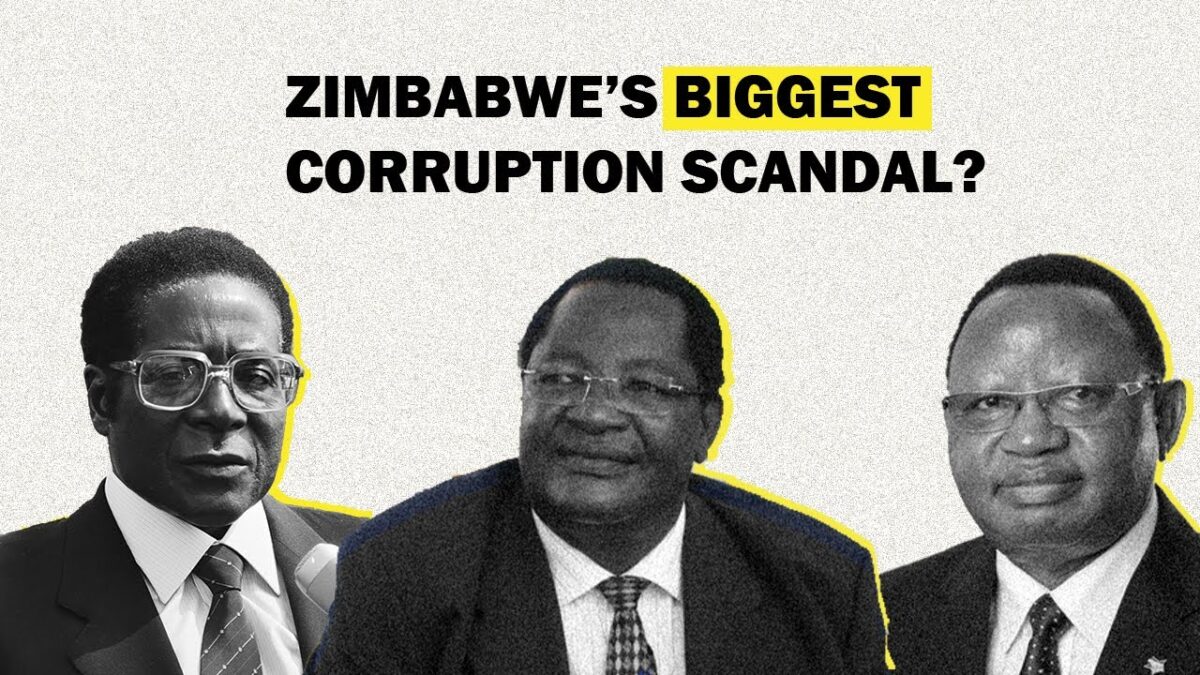
The Roots of Corruption in Zimbabwe
By Dr Simon Bayani
In the late 1980s, Zimbabwe was still basking in the glory of independence. Just eight years after gaining self-rule, the nation was heralded as a beacon of hope for Southern Africa, and its new leaders promised progress and prosperity. Under the leadership of Robert Mugabe, Zimbabwe enjoyed economic growth and relative stability, with public institutions being rebuilt and local industries promoted. However, beneath this facade of optimism, a scandal was brewing—one that would expose corruption at the highest levels of government and forever alter the country’s political landscape.
This was the Willowgate scandal, a watershed moment in Zimbabwean history that shattered public trust and foreshadowed the deep-seated corruption that would plague the nation for decades.
A Policy with a Dark Underside
At the heart of the scandal was Willowvale Motor Industries, a state-owned car manufacturer established to reduce Zimbabwe’s reliance on imported vehicles. To support the fledgling industry and provide affordable transportation for government officials, the government introduced a scheme offering vehicles to senior officials at heavily subsidized prices. On paper, the initiative appeared sound—stimulating local production while ensuring that government leaders had reliable transportation. However, the system was quickly exploited. Instead of using the vehicles for their intended purpose, high-ranking officials bought them at the subsidized rate and resold them on the black market for exorbitant profits.
The Exposé That Shocked a Nation
In October 1988, The Chronicle, a state-owned newspaper, published an explosive investigative report exposing the fraudulent scheme. The revelations sent shockwaves through the nation. Among those implicated were Enos Nkala, the Minister of Defense; Maurice Nyagumbo, a veteran of the liberation struggle; and Frederick Shava, the Minister of State. The scandal revealed the brazen extent to which those in power enriched themselves at the expense of ordinary citizens. Vehicles that were meant to serve Zimbabweans were instead hoarded and resold for personal gain. The outcry was immediate and intense, signaling a rare moment in Zimbabwean history when corruption within the ruling elite was brought to light.
A Moment of Reckoning—Or Was It?
In response to public outrage, President Mugabe established the Sandura Commission, an independent body tasked with investigating the scandal. For the first time, top government officials were being held accountable. The commission’s findings were damning. Several ministers were implicated, and their political careers were left in ruins. Maurice Nyagumbo, unable to bear the shame of public disgrace, tragically took his own life. Others, such as Frederick Shava, were convicted—only to be controversially pardoned by Mugabe, raising serious questions about the government’s commitment to justice. While Mugabe publicly denounced corruption, his reluctance to implement meaningful reforms suggested otherwise. Critics argue that this inaction allowed a culture of impunity to take root, emboldening future corrupt practices.
A Precedent for Future Corruption
Willowgate was not just a scandal; it was a turning point. For many Zimbabweans, it shattered the illusion of an incorruptible government. Instead of serving as a cautionary tale, the scandal set a precedent that corruption at the highest levels could be exposed yet go largely unpunished.
In the years that followed, Zimbabwe witnessed numerous corruption scandals—from the looting of diamond revenues in Marange to the mismanagement of COVID-19 relief funds. The Willowgate scandal marked the beginning of a pattern: revelations of corruption, public outrage, and minimal consequences. Moreover, it normalized the return of disgraced officials to political office. Frederick Shava, despite his role in the scandal, would later be appointed to senior government positions, a testament to the resilience of political elites in Zimbabwean governance.
The Legacy of Willowgate
Today, the echoes of Willowgate can still be felt in Zimbabwean politics. Just as officials profited from the Willowvale car scheme, contemporary leaders have been implicated in gold smuggling, illicit financial deals, and the misuse of public funds. The scandal serves as a grim reminder of what happens when power goes unchecked. But it also underscores the importance of a vigilant public and a free press. Without investigative journalism, the abuses of Willowgate might never have come to light. Zimbabwe’s future depends on learning from its past. Breaking the cycle of corruption requires more than momentary outrage—it demands sustained accountability, legal reform, and a commitment to transparency. The lessons of Willowgate remain as relevant today as they were in 1988, a stark warning of the dangers of unbridled power and unpunished corruption.
Discover more from sbnn
Subscribe to get the latest posts sent to your email.



